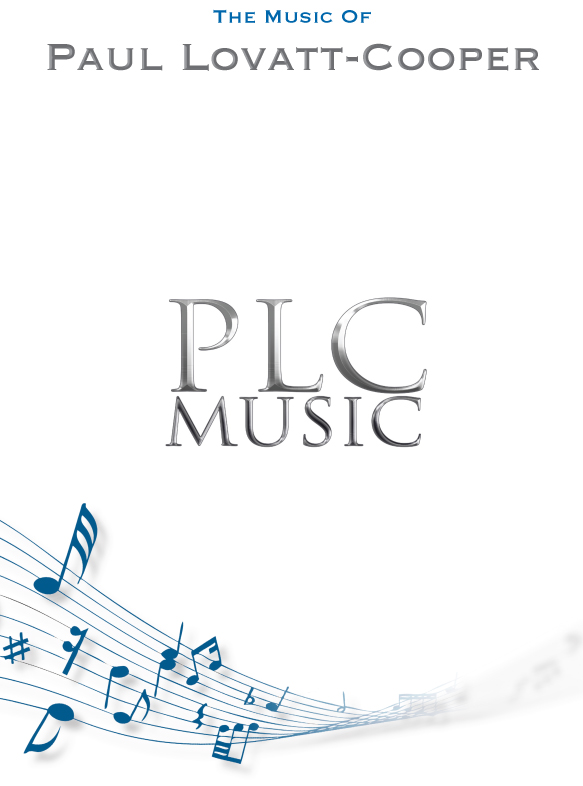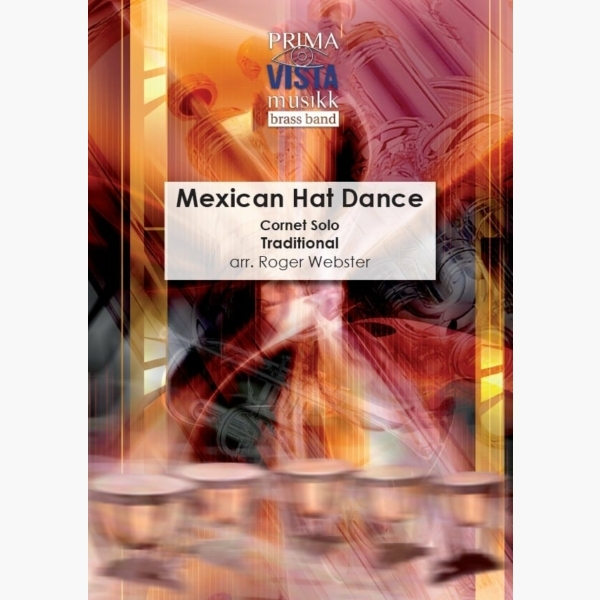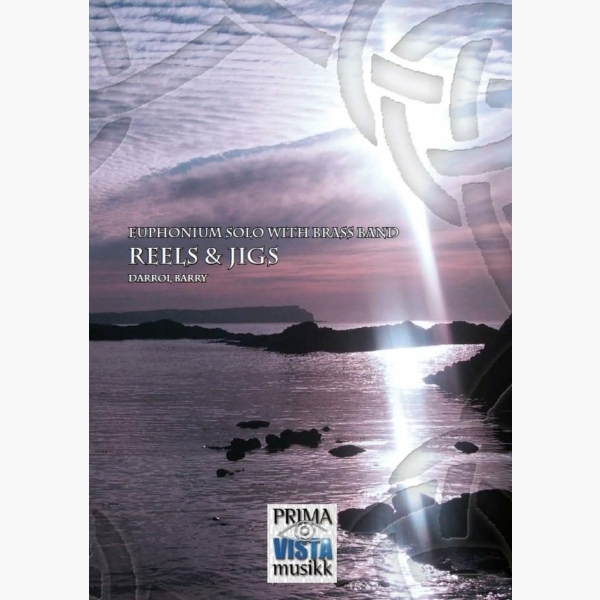Results
-
 £29.95
£29.95Excelsior Fanfare and Theme - Paul Lovatt-Cooper
Excelsior was composed for the New Mills Band to mark the occasion of their 200th anniversary. It is a dramatic and emotive fanfare and theme based on the hymn tune 'Ransom'.
Publisher CLOSED indefinitely. Please Contact us for more details
-
 £49.95
£49.95Fire in the Blood - Paul Lovatt-Cooper
This was commissioned by Dr Stephen Cobb for the 120th anniversary of the International Staff Band of the Salvation Army. It had a rousing premiere performance at the International Staff Band 120th anniversary. Circa 10'08".
Publisher CLOSED indefinitely. Please Contact us for more details
-
 £64.95
£64.95The Life Within - Paul Lovatt-Cooper
The Life Within was commissioned by Carole Crompton on behalf of Shirebrook Town Council,supported using public funding by the National Lottery through Arts Council England. It is a grans finale work. Circa 11.30
Publisher CLOSED indefinitely. Please Contact us for more details
-
 £34.95
£34.95Valiants Arise - Paul Lovatt-Cooper
Valiants Arise was commissioned by Junction Arts to celebrate their 40th Anniversary 2016 Circa. It is a lively and exciting concert opener c.3.30
Publisher CLOSED indefinitely. Please Contact us for more details
-
 £24.95
£24.95Mexican Hat Dance - Traditional - Roger Webster
The widely acclaimed Mexican Hat Dance became so popular that at one point it was declared the national folk dance of Mexico. Its popularity is attributed to the great Russian ballerina Anna Pavlova. After a visit to Mexico in 1930,...
Estimated dispatch 5-7 working days
-
 £24.95
£24.95Mists on the River Wear - Dan Price
Mists On The River Wear is a 'song and dance' for solo tuba. It was commissioned in 2010 by the Black Dyke Band's solo Eb Bass player and international tuba star Joseph Cook. The Song The work opens with unaccompanied...
Estimated dispatch 5-7 working days
-
 £34.95
£34.95Reels and Jigs - Darrol Barry
Reels and Jigs was composed by Darrol Barry especially for David Childs. The title alludes to the musical content of the work but, with tricky rhythms, florid finger work and extended passages in the high register, it is a far...
Estimated dispatch 5-7 working days
-
£29.95
UNDER TWO FLAGS (Brass Band Set) - Bramwell Coles
The catalyst for this march came during Bramwell Coles' brief service in the Royal Army Medical Corps at the end of World War One. It was intended as a salute to British Salvationists serving in the Armed Forces and includes quotations from several national airs like Rule Britannia, Men of Harlech, Bluebells of Scotland and God save the King (Queen).
Estimated dispatch 7-14 working days
-
 £139.99
£139.99Sinfonietta No. 3 - Etienne Crausaz
Sinfonietta No. 3 was commissioned by the Association Suisse des Musiques (ASM) for the Fte Fdrale des Musiques in Montreux in 2016.It's a challenging and energetic piece in which lyrical material is altered by rhythmical patterns, jazzy elements and several cadenzas for different instruments.
Estimated dispatch 5-14 working days
-
 £105.20
£105.20Hello - Haakon Esplo
Hello is a song by English singer Adele. It was released October 2015 as the first single from her third studio album, 25. Adele co-wrote the song with her producer, Greg Kurstin. "Hello" has achived great success wordwide, reaching no. 1 on almost every chart.
Estimated dispatch 5-14 working days
